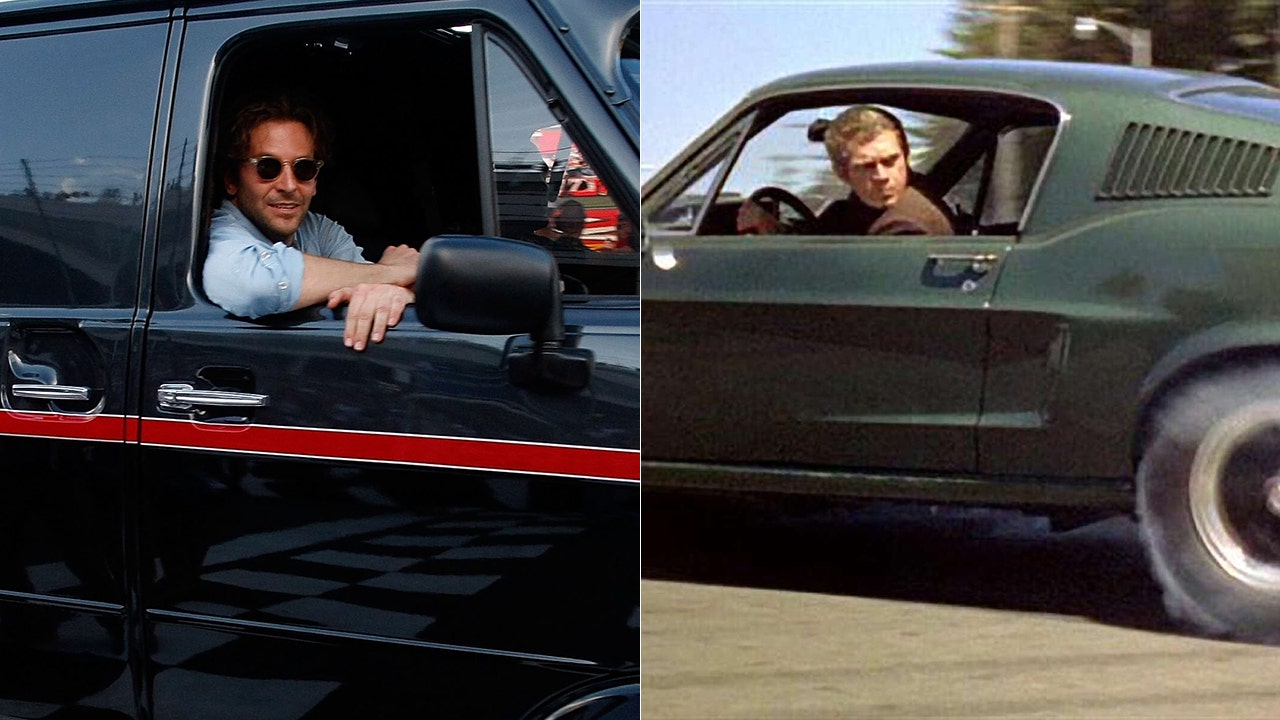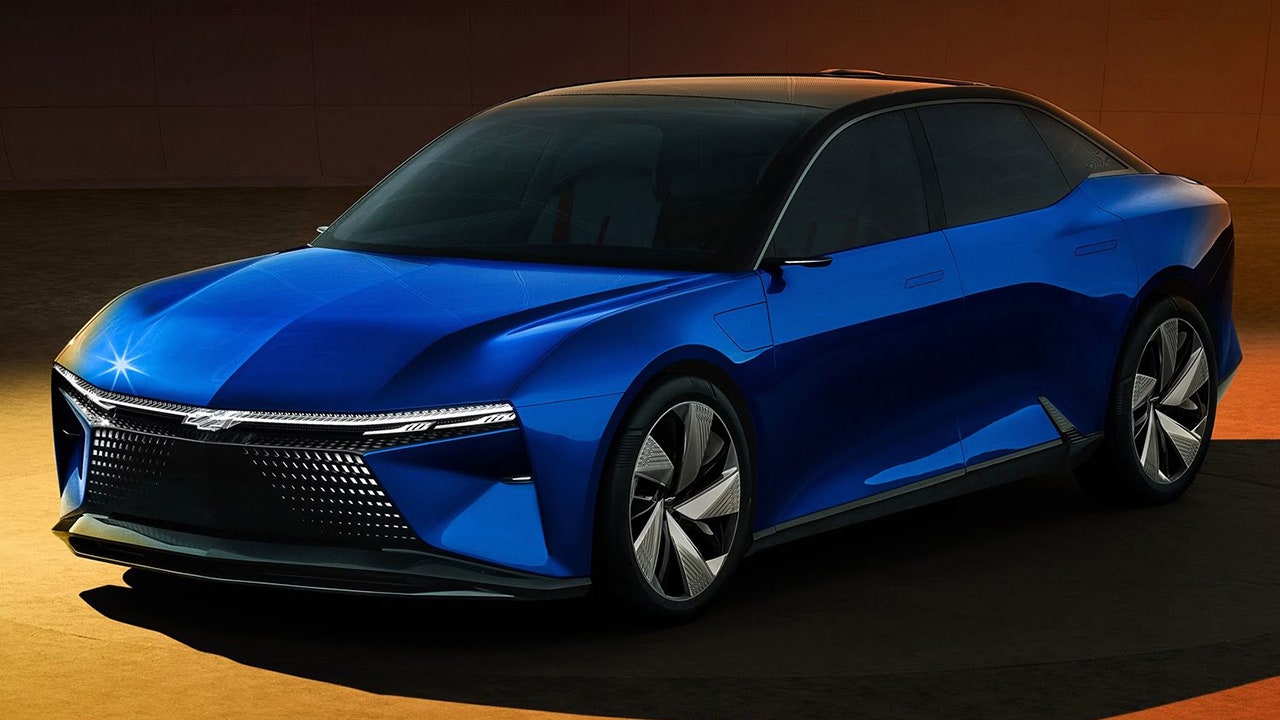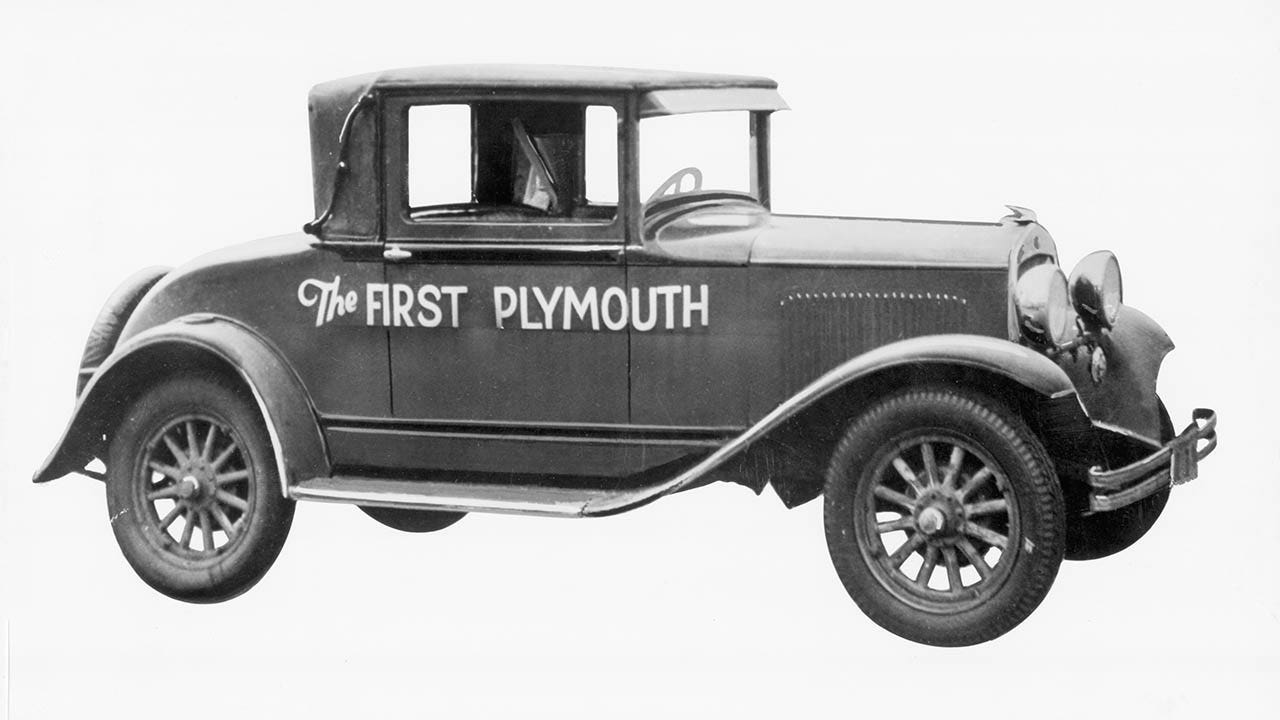The future of nascar” target=”_blank”>NASCAR<, NASCAR’s next generation Cup Series cars have been revealed.
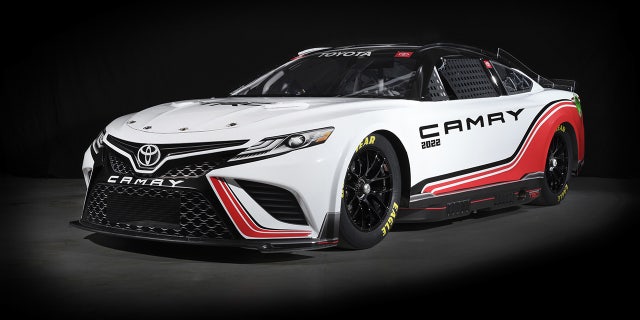
(Toyota)
The Toyota, Ford and Chevrolet-bodied coupes feature sleeker styling and radical mechanical changes aimed at delivering better racing and a more relevant connection to the production cars they represent.
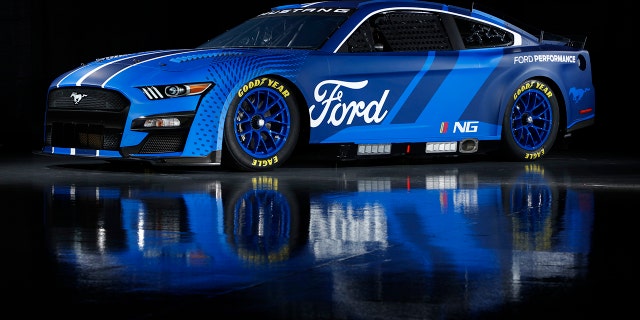
(Ford)
The biggest update is the switch from a live axle to an independent rear suspension that, along with a new rack and pinion steering system, should provide improved handling on the increasing number of road racing courses being added to the series.
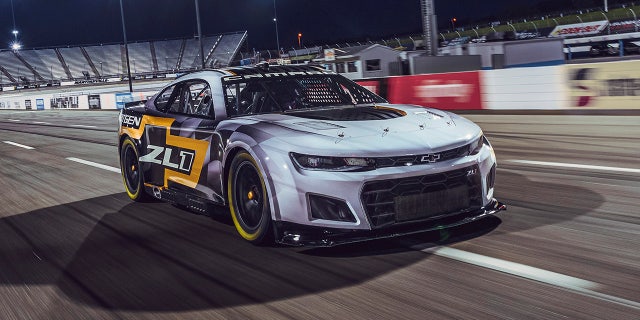
(Chevrolet)
The engines will remain largely the same as today’s for the first couple of seasons, but the traditional four-speed manual transmission has been replaced with a stick-shifted five-speed sequential manual transaxle. The transaxle has also been engineered with provisions to accommodate an electric motor between it and the engine that can provide a boost while accelerating and charge a battery under braking, a hybrid system that NASCAR may introduce in the coming years.
The structure of the cars has been significantly modified with the addition of front and rear crash structures, a stronger steel frame, more energy-absorbing foam and the driver’s seat moved further inward.
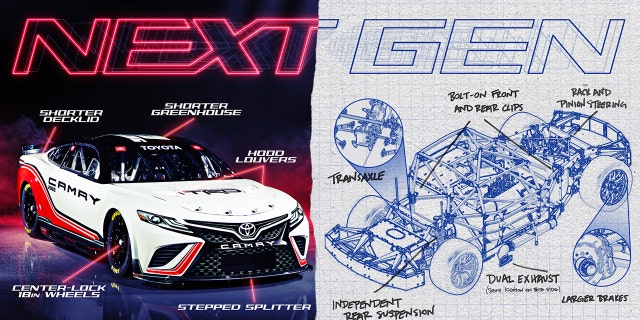
(NASCAR)
NASCAR Senior Vice President of Racing Innovation John Probst told Fox News Autos that the new layout could provide twice the intrusion safety of the current cars, which have proven to be excellent on this point as evidenced by the minimal injuries sustained by Ryan Newman during his dramatic airborne crash on the last lap of the 2020 Daytona 500.
nascar” target=”_blank”>MORE NASCAR NEWS FROM FOX NEWS AUTOS<
Probst said some drivers who have tested prototypes of the car told him that when they using their old braking points they were nearly coming to a stop before the entrance to pit road thanks to the improved stopping power.
Overall speeds appear to be slightly faster than the current cars, but that wasn’t a priority in their design.
“As long as we’re putting on entertaining racing, I don’t feel like the fans are going to be able to detect five miles an hour here and there,” Probst said.
Probst added the best feedback he’s heard so far from the drivers is that the car “drives like a racecar,” and that they adjusted to it pretty easily.
Development and testing will continue through this year ahead of the car’s competitive debut at Daytona Speedweeks next February.
 Iktodaypk Latest international news, sport and comment
Iktodaypk Latest international news, sport and comment


